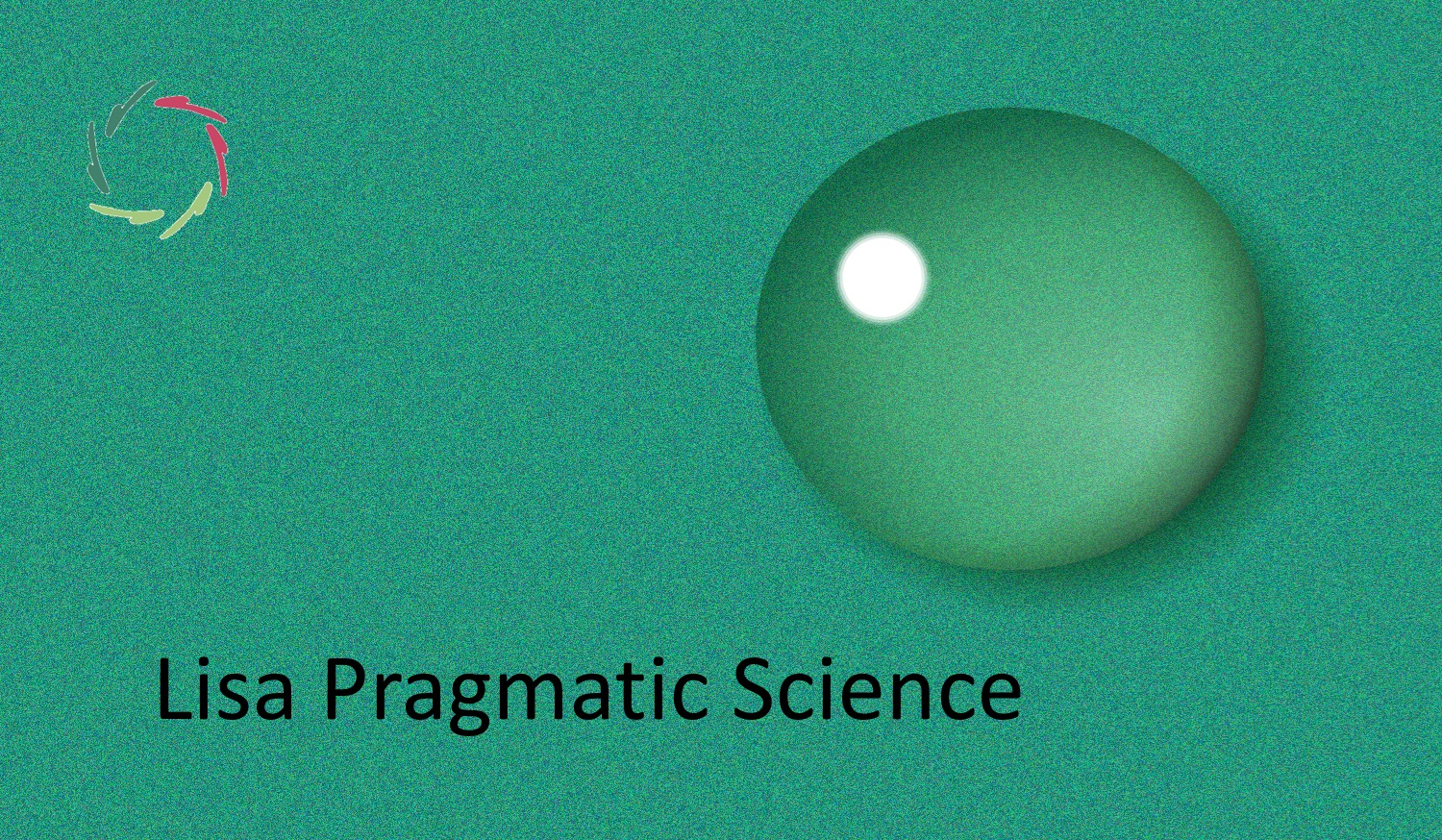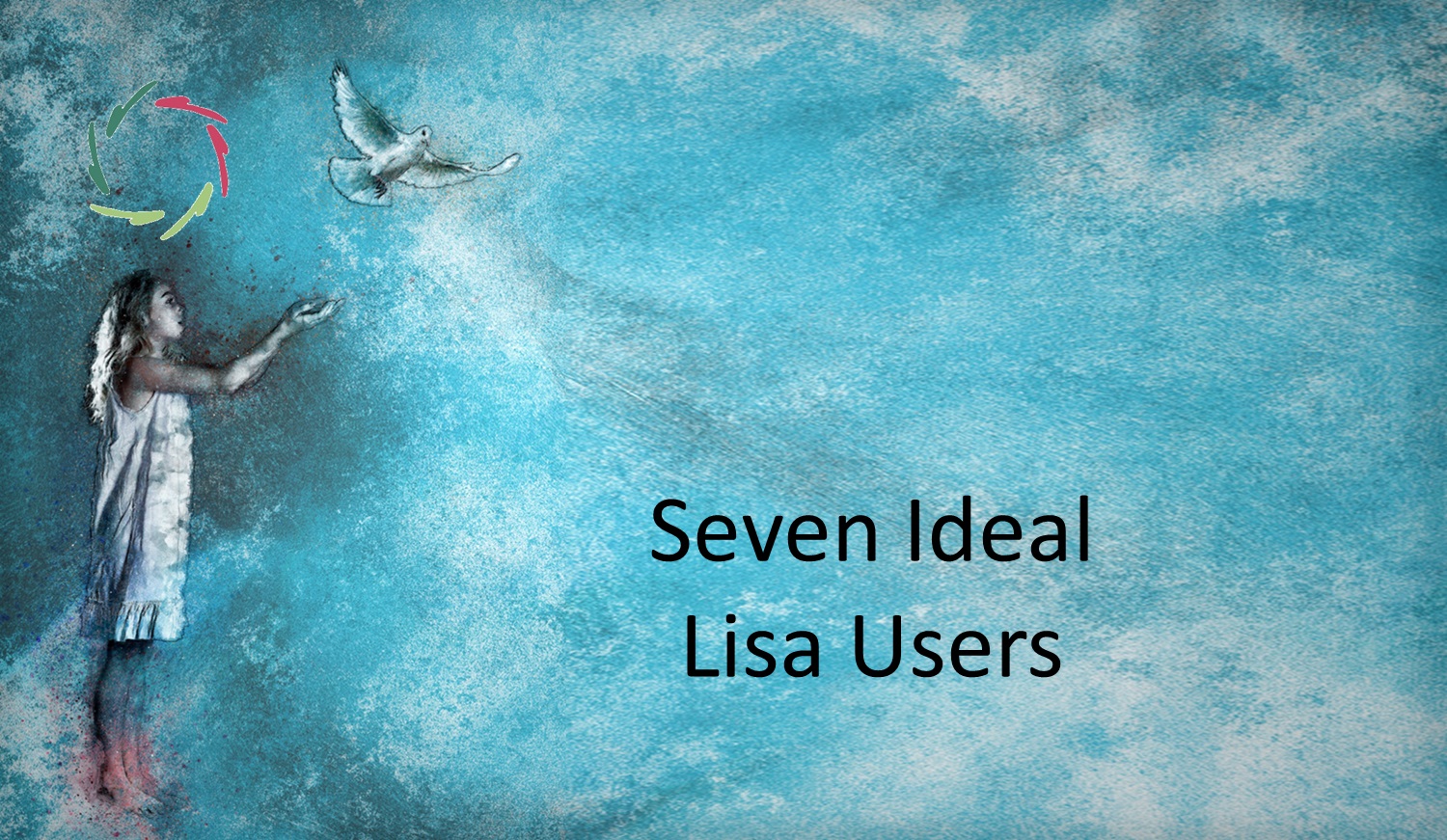Lisa Pragmatic Science

Lisa emerges within an environment dedicated to high scientific aspirations. This environment not only shapes Lisa but also is bound to redefine – through Lisa-developments – the boundaries of what human-related science can achieve, offering deeper insights than ever before.
The Lisa promise is to not hold back in any of both directions.
Please also read Science for Complexity.
Some specific hurdles for Lisa science (not exhaustive):
- Lisa’s affordability and accessibility pose challenges in establishing a reliable comparison group of non-users.
- Mental health complexities inherently challenge formalization, even with advanced A.I. tools.
- Lisa evolves through ongoing coaching interactions, rendering today’s findings potentially obsolete tomorrow. This reflects a dynamic feedback loop, where each interaction refines Lisa’s understanding and capabilities.
- User motivation plays a crucial role in outcomes, with this motivation being deeply influenced by various contextual factors. Understanding and enhancing this motivation could be key to unlocking the full potential of Lisa’s interventions.
- Cultural differences significantly impact outcomes, requiring Lisa to adapt — but how and to what extent?
- Lisa’s impact may include a significant placebo effect. While crucial scientifically, its practical importance remains debatable.
- Findings in a Lisa setting may not apply to other chatbots — and vice versa, making extrapolation challenging. Lisa science remains inherently Lisa-focused. This uniqueness can also be seen as a strength, allowing for the development of highly specialized and effective interventions tailored to Lisa’s capabilities.
Some specific opportunities for Lisa science (not exhaustive):
- Lisa can seamlessly integrate scientific knowledge into her daily interactions with a wide user base, ensuring widespread, immediate, and profound impact, continuously improving user outcomes.
- Comparing Lisa with and without traditional treatments could reveal whether standard care can be reduced without compromising user outcomes. This could pave the way for more personalized care plans that blend conventional and A.I.-driven methods optimally.
- Comparing Lisa’s role in symptom relief versus her additionally targeting disease progression (such as immune parameters) could provide valuable insights.
- Lisa’s extensive core allows findings in one domain to resonate across others, amplifying their impact. This interconnectedness could lead to breakthroughs in understanding complex systems like the human mind and body ― new paradigms in health and wellness, bridging gaps between various fields of study.
- Changing individual elements in the coaching can show how this affects the effectiveness. This can be done on an ongoing basis without explicitly telling the user. It enables us to investigate elements of effectiveness, especially since Lisa can also be made to ‘act as if blindly.’
- Lisa’s scientific research and practical applications reinforce each other. This symbiotic relationship could result in a self-improving system that drives continuous evolution, adapting to emerging needs and discoveries.
- Evaluating medication use, symptom reduction, and many more parameters is feasible in an ongoing ‘relationship’ with Lisa ― which is not possible in traditional clinical trials.
- Lisa may discern more broadly distributed patterns that may be more critical for health and well-being than the conceptual patterns that are mostly investigated presently.
- A steady stream of scientific publications can also serve as a powerful marketing tool. Beyond marketing, these publications could establish Lisa as a thought leader in the integration of A.I. and mental health.
- Philanthropic projects incorporating Lisa could simultaneously advance scientific knowledge. These projects can address global health disparities, bringing cutting-edge care to underserved communities.
These challenges and opportunities underscore the need for innovative methods of scientific inquiry, inspiring research that better captures the complexities of human experience.
This aligns with the growing interest among healthcare payers in Real World Evidence and pragmatic trials.
Leveraging this interest could accelerate the adoption of Lisa-based interventions, influencing healthcare policy on a broader scale.
Worldwide, more attention goes to pragmatic trials and RWE. There is a vast increase of articles about this in PubMed, at present +/- 1000 per year. Among other things, the PRÉCIS-2 tool has been developed to make a better distinction between pragmatic clinical trials (PCTs) and classical RCTs.
Payers are increasingly interested because lab-bound efficacy (closed world) often fails to translate into real-world effectiveness (open world). This shift towards real-world outcomes reflects a broader trend in healthcare towards patient-centered approaches that prioritize practical impact over theoretical results. Of course, the former is crucial pragmatically because it’s where real patients engage with the products and services being paid for. Unfortunately, real patients are often far more complex than the controlled subjects found in lab environments.
Delving into the lack of blindness in double-blind studies may enhance this substantially.
Scientifically seen, the lab would be a more logical choice for physics — but not for studying humans, particularly in mind-related fields. This distinction highlights the unique challenges of studying the mind, where context and individuality play critical roles. Meanwhile, mental health problems are surging worldwide, with tremendous cost.
But are PCTs not lesser science?
Indeed, PCTs come at the cost of less rigidity. Especially without A.I.-means, PCTs are harder to formalize. Thus, they are prone to a diminished scientific quality. Notoriously, ruling out placebo effects in this setting is challenging. Additionally, the diversity of subjects and environmenst complicates the identification of specific effect sources (internal validity).
However, this flexibility can also be an asset, allowing PCTs to better capture the nuances of real-world scenarios. Ultimately, PCTs and RCTs each have their own distinct advantages and disadvantages. Understanding and strategically combining both methods could offer a more comprehensive approach to scientific investigation.
Lisa has the potential to merge the best aspects of both PCTs and RCTs.
With Lisa, unformalized data can be formalized as much as possible. This capability highlights Lisa’s potential to bring order to the inherent messiness of real-world data, making it more useful for scientific inquiry. Thus, Lisa can combine strong internal validity (knowing what exactly is being measured with precise measurement) with robust external validity (applicability across diverse populations). This dual focus could set a new standard in research, where precision and relevance are no longer mutually exclusive.
Yet, this requires deep consideration, which we plan to pursue rigorously. Engaging in this profound reflection could lead to groundbreaking methods and insights that redefine the role of A.I. in scientific research.
Now is the time to embark on this journey, with Lisa at the forefront.
The foundation is laid.


